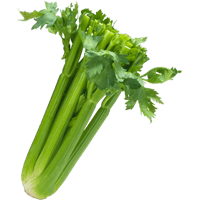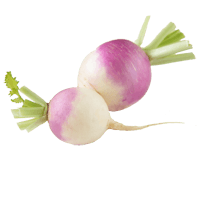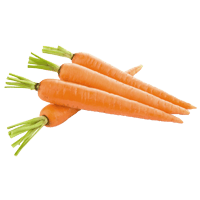Parsnip nutrition: calories, carbs, GI, protein, fiber, fats
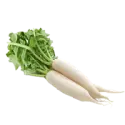
Carbs in Parsnip
Parsnip is a root vegetable related to carrots. 100g of this food contains 18g of carbs. This quantity covers 6% of the daily carbohydrate needs.
Carbs per serving size
The serving size for this vegetable is one cup slices (133g). This amount of Parsnip provides 23.9g of carbs.
Macronutrients chart
Carbohydrate type breakdown
The chart below shows that in 100g of Parsnip, there are 4.8g sugars and 4.9g fiber. Parsnip provides 20% of dietary fiber daily needs.
Soluble or insoluble fiber
The majority of fiber in this food is soluble, though some are insoluble fiber. Therefore, Parsnip can promote cardiovascular health.
Fiber content ratio for Parsnip
Parsnip net carbs
We can calculate the net carbs of parsnip by subtracting the fiber content from the total carbs.
Parsnip contains 18g of carbs, 4.9g of which is fiber. Therefore, this vegetable provides 13.1 g of net carbs per 100g.
Parsnip calories
Calories per 100g
Parsnip is a low-calorie food. It provides 75 calories per 100g. These calories come from 18g of carbs and 1.2g of protein. 100g of Parsnip covers 4% of the daily calorie requirement.
Calories per serving size
The serving size of Parsnip is one cup slices (133 g). This quantity contains 99.8 calories.
Comparison
Parsnip is lower in calories than 79% of foods.
Parsnip is higher in calories than Turnip. It is also higher in calories than Carrots and Celery.
You can compare the calorie content of Parsnip with that of other foods with the help of the table below.
Burning estimates
The table below illustrates how long it takes to burn 133 calories (1 cup slices of Parsnip) and what type of activity is required. This period was evaluated using the MET technique (Metabolic Equivalent of a Task) (1) (2).
| 1 cup slices - 70kg person | 1 cup slices - 100 kg person | |
| Walking | 33 min | 23 min |
| Running | 17 min | 12 min |
| Cycling | 15 min | 11 min |
Parsnip glycemic index
Like most root vegetables, parsnip is high in carbohydrates, particularly starch. A 100-gram serving of parsnips contains 18g of carbohydrates, half of which consists of sugars. However, parsnips are also rich in dietary fiber.
The glycemic index of a parsnip can significantly vary depending on its growing conditions, variety, and cooking method. Most parsnips have moderate to high glycemic index values.
According to The International Tables of Glycemic Index Values, the GI of parsnips from Canada falls in the range of 97±19. At the same time, peeled and boiled parsnips from Australia have a GI of 52±5 (3).
People with diabetic or prediabetic conditions are advised to limit their parsnip intake due to the high starch content. When consumed, dishes containing peeled and boiled parsnips are preferred over fried parsnips with peel.
Please visit our glycemic index chart page for more GI values of other foods.
Top nutrition facts for Parsnip

| Calories ⓘ Calories for selected serving | 100 kcal |
|
Glycemic index ⓘ
Source: https://www.sciencedirect.com/science/article/pii/S0002916522004944
Check out our Glycemic index chart page for the full list.
|
97 (high) |
| Glycemic load | 17 (medium) |
| Net Carbs ⓘ Net Carbs = Total Carbohydrates – Fiber – Sugar Alcohols | 17 grams |
| Default serving size ⓘ Serving sizes are mostly taken from FDA's Reference Amounts Customarily Consumed (RACCs) | 1 cup slices (133 grams) |
| Acidity (Based on PRAL) ⓘ PRAL (Potential renal acid load) is calculated using a formula. On the PRAL scale the higher the positive value, the more is the acidifying effect on the body. The lower the negative value, the higher the alkalinity of the food. 0 is neutral. | -5.9 (alkaline) |
| Oxalates ⓘ https://www.ncbi.nlm.nih.gov/pmc/articles/PMC4525130/ | 53 mg |
Parsnip calories (kcal)
| Calories for different serving sizes of parsnip | Calories | Weight |
|---|---|---|
| Calories in 100 grams | 75 | |
| Calories in 1 cup slices | 100 | 133 g |
| Calories for different varieties of parsnip | Calories | Weight |
|---|---|---|
| Parsnips, raw (this food) | 75 | 100 g |
| Parsnips, cooked, boiled, drained, without salt | 71 | 100 g |
| Parsnips, cooked, boiled, drained, with salt | 71 | 100 g |
Parsnip Glycemic index (GI)
Parsnip Glycemic load (GL)
Mineral coverage chart
Mineral chart - relative view
Vitamin coverage chart
Vitamin chart - relative view
Fat type information
All nutrients for Parsnip per selected serving size (1 cup slices - 133g)
| Nutrient | Value | DV% | In TOP % of foods | Comparison |
| Vitamin A | 0µg | 0% | 100% | |
| Calories | 100kcal | 5% | 79% |
1.6 times more than Orange
|
| Protein | 1.6g | 4% | 84% |
2.4 times less than Broccoli
|
| Fats | 0.4g | 1% | 85% |
111 times less than Cheese
|
| Vitamin C | 23mg | 25% | 20% |
3.1 times less than Lemon
|
| Net carbs | 17g | N/A | 40% |
4.1 times less than Chocolate
|
| Carbs | 24g | 8% | 37% |
1.6 times less than Rice
|
| Cholesterol | 0mg | 0% | 100% |
N/A
|
| Vitamin D | 0µg | 0% | 100% |
N/A
|
| Magnesium | 39mg | 9% | 34% |
4.8 times less than Almonds
|
| Calcium | 48mg | 5% | 40% |
3.5 times less than Milk
|
| Potassium | 499mg | 15% | 21% |
2.6 times more than Cucumber
|
| Iron | 0.78mg | 10% | 74% |
4.4 times less than Beef broiled
|
| Sugar | 6.4g | N/A | 48% |
1.9 times less than Coca-Cola
|
| Fiber | 6.5g | 26% | 19% |
2 times more than Orange
|
| Copper | 0.16mg | 18% | 45% |
1.2 times less than Shiitake
|
| Zinc | 0.78mg | 7% | 66% |
10.7 times less than Beef broiled
|
| Phosphorus | 94mg | 13% | 71% |
2.6 times less than Chicken meat
|
| Sodium | 13mg | 1% | 85% |
49 times less than White bread
|
| Vitamin E | 2mg | 13% | 42% |
Equal to Kiwi
|
| Selenium | 2.4µg | 4% | 78% | |
| Manganese | 0.74mg | 32% | 36% | |
| Vitamin B1 | 0.12mg | 10% | 52% |
3 times less than Pea raw
|
| Vitamin B2 | 0.07mg | 5% | 81% |
2.6 times less than Avocado
|
| Vitamin B3 | 0.93mg | 6% | 74% |
13.7 times less than Turkey meat
|
| Vitamin B5 | 0.8mg | 16% | 52% |
1.9 times less than Sunflower seeds
|
| Vitamin B6 | 0.12mg | 9% | 67% |
1.3 times less than Oats
|
| Vitamin B12 | 0µg | 0% | 100% |
N/A
|
| Vitamin K | 30µg | 25% | 47% |
4.5 times less than Broccoli
|
| Folate | 89µg | 22% | 30% |
1.1 times more than Brussels sprouts
|
| Trans fat | 0g | N/A | 100% |
N/A
|
| Saturated fat | 0.07g | 0% | 86% |
117.9 times less than Beef broiled
|
| Monounsaturated fat | 0.15g | N/A | 81% |
87.5 times less than Avocado
|
| Polyunsaturated fat | 0.06g | N/A | 90% |
1003.7 times less than Walnut
|
| Caffeine | 0mg | 0% | 100% |
Check out similar food or compare with current
NUTRITION FACTS LABEL
Serving Size ______________
Health checks
Parsnip nutrition infographic
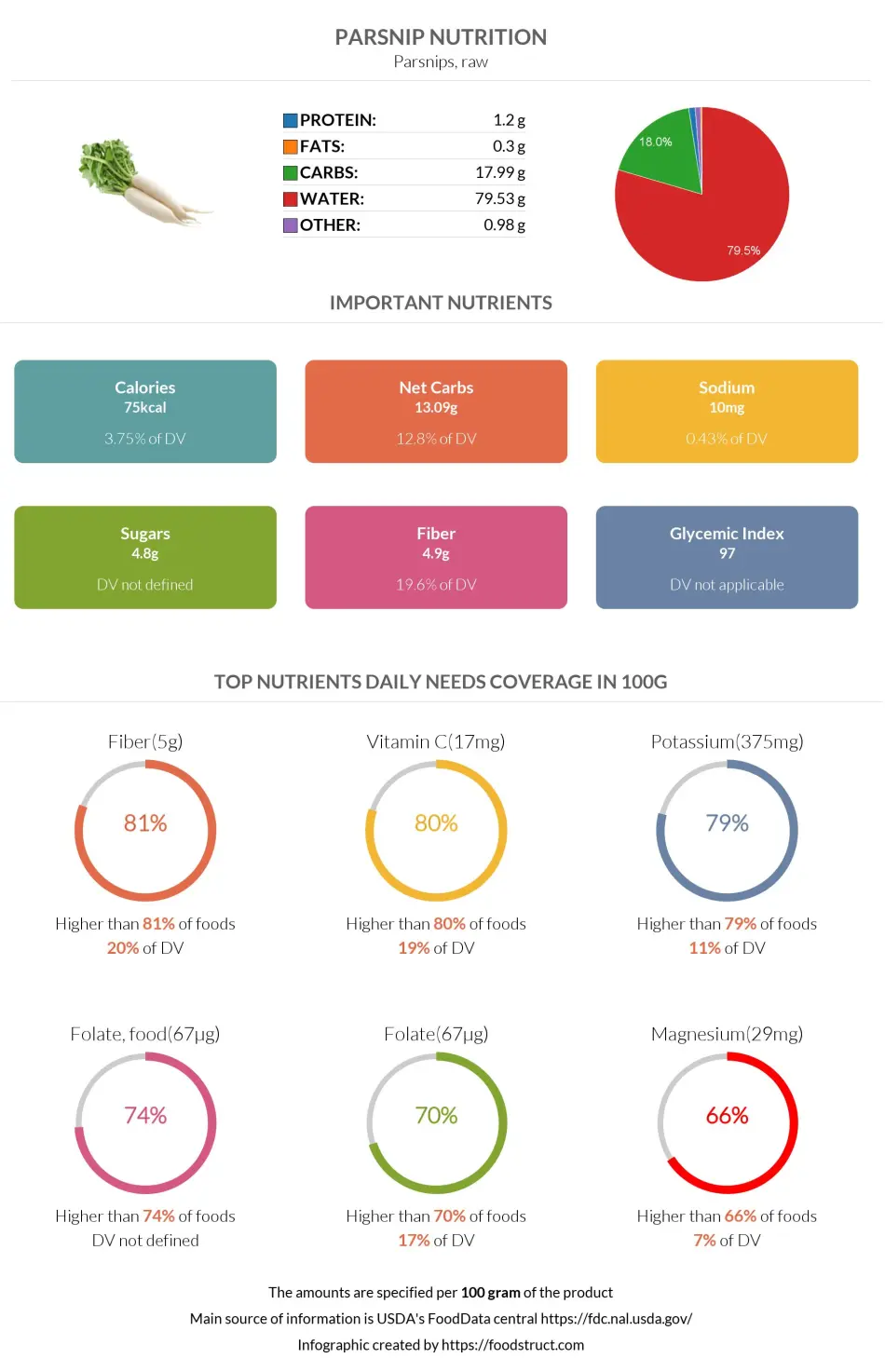
References
All the values for which the sources are not specified explicitly are taken from FDA’s Food Central. The exact link to the food presented on this page can be found below.

